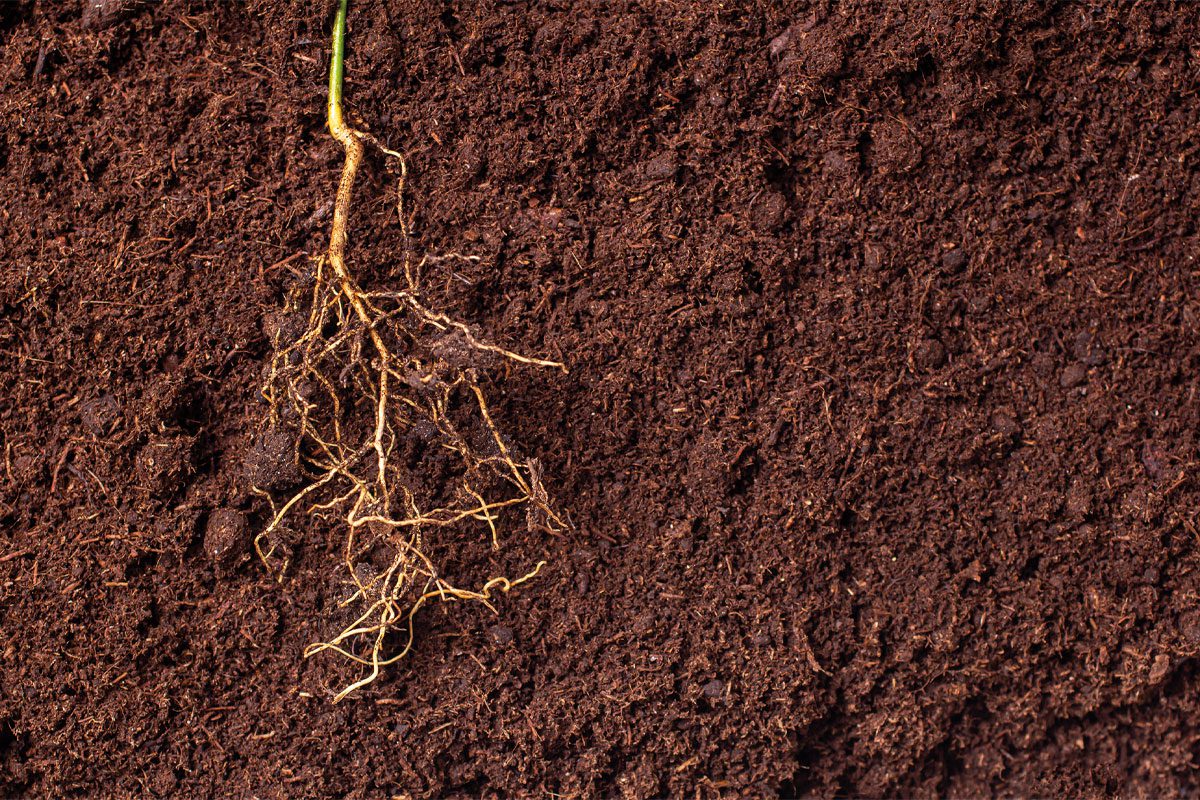
Researchers have found a organic mechanism that seemingly makes plant roots extra welcoming to useful soil microbes.
The invention – made by researchers on the John Innes Centre in Norwich – might pave the best way for extra environmentally-friendly farming practices, probably permitting farmers to make use of much less fertiliser.
Manufacturing of most main crops depends on nitrate and phosphate fertilisers, however extreme fertiliser use harms the atmosphere.
If we might use mutually useful relationships between plant roots and soil microbes to reinforce nutrient uptake, then we might probably scale back use of inorganic fertilisers.
Researchers within the group of Dr Myriam Charpentier found a mutation in a gene within the legume Medicago truncatula that reprogrammes the signalling capability of the plant in order that it enhances partnerships with nitrogen fixing micro organism known as rhizobia and arbuscular mycorrhiza fungi (AMF) which provide roots with phosphorus.
The sort of partnership, generally known as endosymbiosis, the place one organism exists inside one other, allows legume vegetation to scavenge vitamins from the soil through microbes, in alternate for sugars.
A barrier to the widespread use of endosymbiotic partnerships in agriculture is that they preferentially happen in nutrient-poor soils, conflicting with the situations of intensive farming.
On this examine which seems in Nature, experiments confirmed that the gene mutation in a calcium signalling pathway enhances endosymbiosis in farming situations.
Excitingly, the group used genetic approaches to indicate that the identical gene mutation in wheat enhances colonization by AMF in subject situations too.
The findings symbolize an thrilling breakthrough within the long-held ambition to make use of enhanced endosymbiotic partnerships as pure options to inorganic-fertilizer throughout main crops, together with cereals and legumes.
“Our findings maintain nice potential for advancing sustainable agriculture. It’s sudden and thrilling that the mutation we’ve recognized enhances endosymbiosis in farming situations, as a result of it presents the potential for sustainable crop manufacturing utilizing endosymbionts alongside decreased inorganic fertiliser use,” stated Dr Charpentier.
“The invention contributes broadly to analysis on calcium signalling whereas additionally providing a transition resolution in the direction of extra sustainable manufacturing of economically vital crops.”
Earlier analysis by the Charpentier group has proven that the calcium signalling in root cell nuclei is important for the institution of root endosymbiosis with helpful nitrogen fixing micro organism and AMF.
This examine decodes that key signalling mechanism, displaying how calcium oscillations regulate the manufacturing of compounds known as flavonoids which improve endosymbiosis.
“Our discovery underscores the significance of basic science in addressing societal challenges,” concluded Dr Charpentier.
Root endosymbiosis is extremely useful to vegetation, rising nutrient uptake and stress resilience. There may be an rising have to develop high-yielding, illness resistance crops and scale back fertiliser use to guard the atmosphere in addition to scale back prices for farmers.
Combining illness resistance and local weather resilience with environment friendly nutrient assimilation by way of improved affiliation with symbiotic microorganisms is a key aspect of this ambition.
Autoactivate CNGC15 enhances root endosymbiosis in legume and wheat seems in Nature
